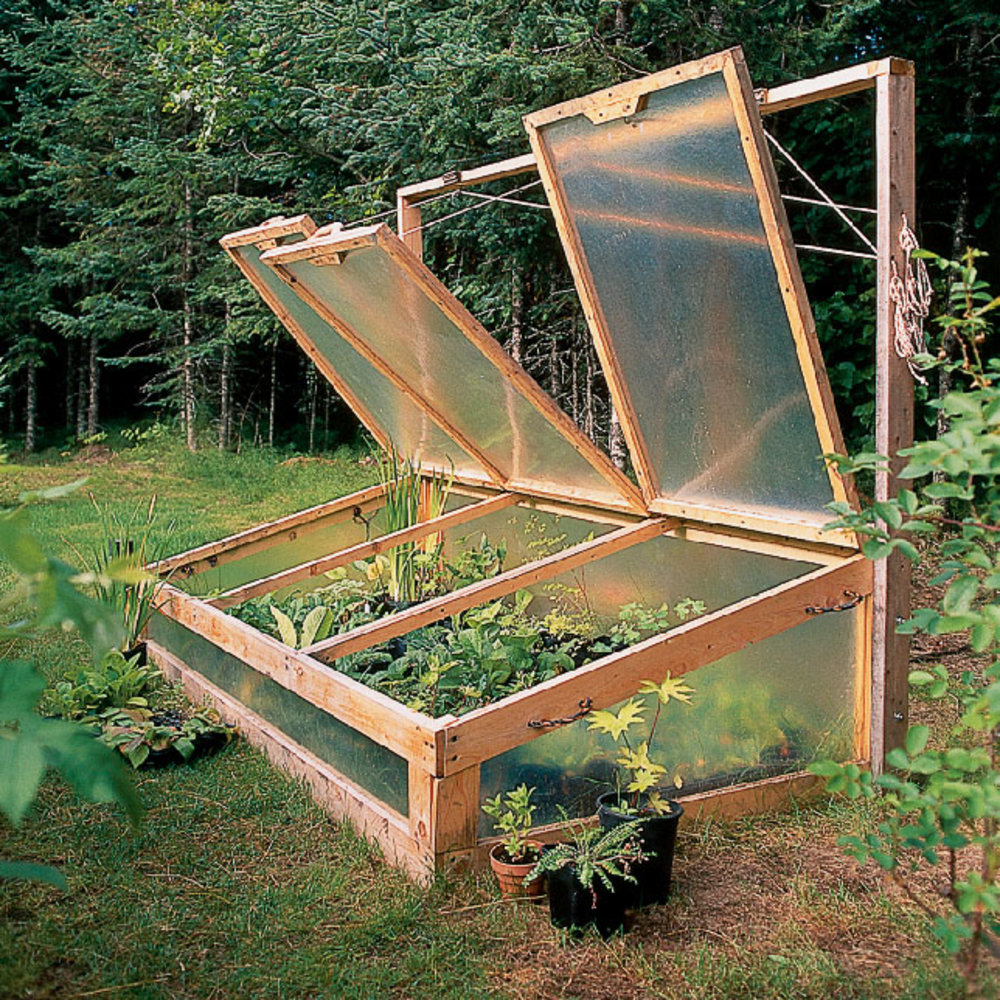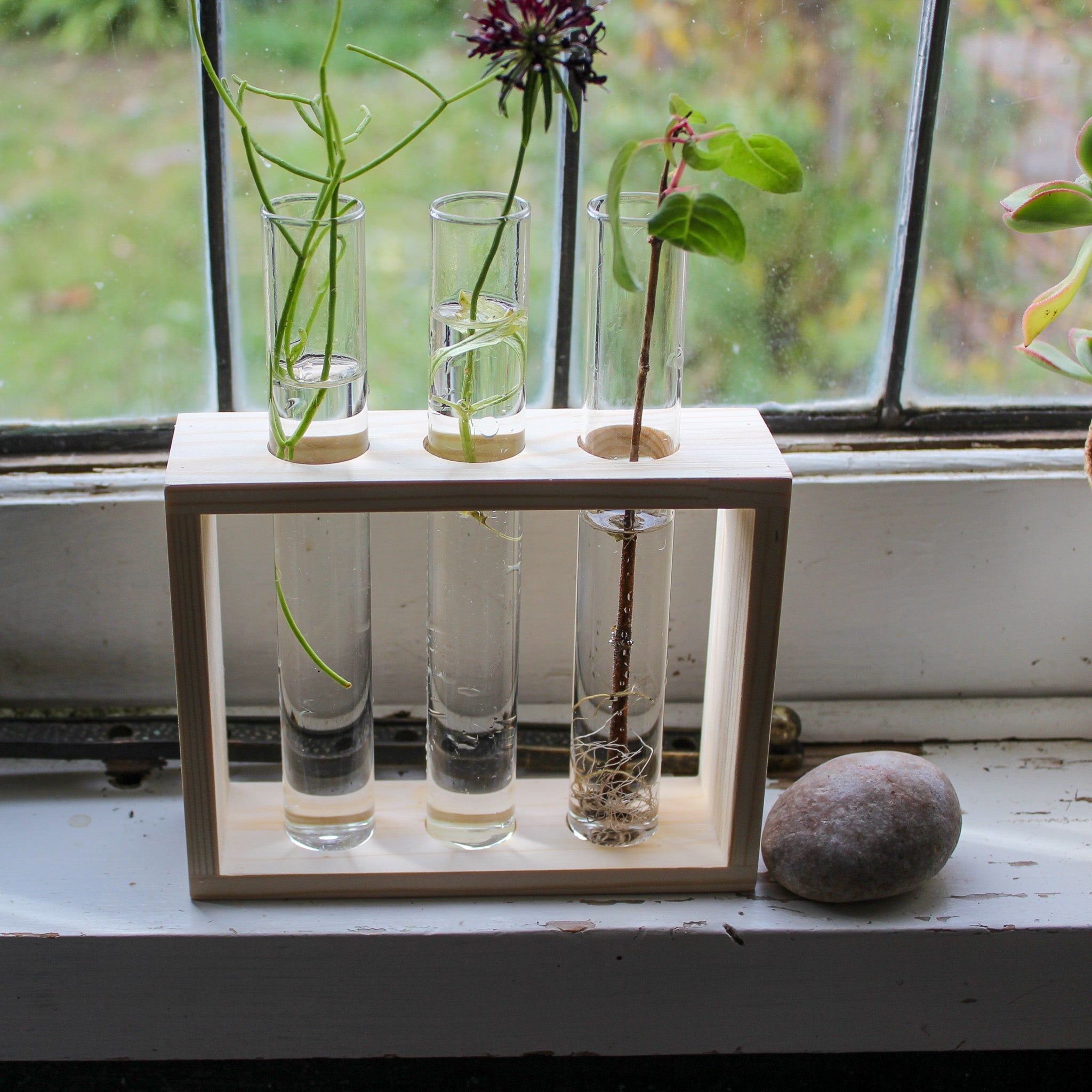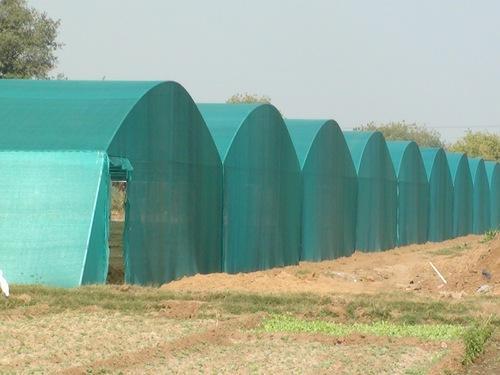Seedling/sapling raising in protected structures
a. Hot frames (Hot beds)
- A hotbed is a bed of soil enclosed in a glass or plastic frame. It is heated by manure, electricity, steam, or hot-water pipe.
- Hotbeds are used for forcing plants or for raising early seedlings
- Instead of relying on outside sources of supply for seedlings, you can grow vegetables and flowers best suited to your own garden.
- Seeds may be started in a heated bed weeks or months before they can be sown out of doors
- Hot beds are small low structures, used for propagation of nursery plants under controlled conditions
- Hotbeds can be converted into a cold frame for hardening.

b. Cold frames
- The primary use of cold frames is in conditioning or hardening of rooted cuttings or young seedlings prior to field, nursery row or container planting.
- Cold frames can be used for starting new plants in late spring. When young, tender plants are first placed in a cold frame, the coverings are generally kept tightly closed to maintain a high humidity but as the plants become adjusted, the sash frames are gradually raised or ends of the hoop house to permit more ventilation and drier conditions.
- The installation of mist line or irrigation provision in cold frame is essential to maintain humid conditions.

c. Lath Houses
- Lath houses have many uses in propagation, particularly in conjunction with the hardening off and acclimatization of liner plants prior to transplanting and for maintenance of shade requiring plants.
- In mid climates, they are used for propagation, along with a mist facility and can be used as overwintering structures for linear plants.
d. Propagation frames
- Sometimes in a greenhouse, the humidity is not enough to allow satisfactory rooting in the leaf cuttings. In such cases, enclosed frames covered with glass or plastic material may be used for rooting of cutting.
- These frames are useful only on grafted plants as these retain high humidity during the process of healing.
- Large inverted glass can also be kept over a container having cuttings.
- Though, high humidity is required in such frames but ventilation and shading is necessary after the rooting process has started in the cutting.

e. Net House
- Net houses are widely used as propagation structures in tropical areas, where artificial heating is not required and artificial cooling is expensive.
- In these areas, net houses may be constructed with roofscovered with glass or plastic film and its sides are covered with wire net.
- It provides necessary ventilation and maintains an ideal temperature for germination of seeds and subsequent growth of the seedlings.

f. Bottom heat box
- It is a simple box for promoting rooting of cutting is difficult-to-root fruit plants like mango and guava.
- The most ideal temperature to be maintained in the box is30 ± 2 ̊ C because at this temperature, cuttings of mango, walnut, olive and guava root easily and profusely.
- The initiation of rooting in cutting varies from species-to-species but in general, it takes 1-2 months for proper development of the roots.

g. Mist propagation unit
- The rooting of softwood leafy cutting under spray or mist is a technique now widely used by nurserymen and other plant propagators throughout the world.
- The aim of misting is to maintain humidity by a continuous film of water on the leaves, thus reducing transpiration and keeping the cutting turgid until rooting take place.
- In this way, leafy cuttings can be fully exposed to light and air because humidity remains high and prevents damage even from bright sunshine.
- Mist also prevents disease infection in the cuttings byway of washing off fungus spores before they attack the tissues.
- While the leaves in this process must be kept continuously moist, it is important that only minimum water should be used. After rooting in the mist, hardening of the rooted cutting is important for better success in the field.
- When cuttings are rooted, misting should not cease abruptly as this may help in drying out of the young plants followed by scorching, instead, a weaving off process should be adopted in which misting is continued but the number of sprays/days gradually reduce.
- The way is to shift the rooted cutting to a greenhouse, fog chamber, and frames, maintained at higher temperature and low relative humidity.
- After phase-wise hardening only, the rooted cuttings are planted at permanent location or in the nursery.

h. Growing rooms
- A growing room is an insulated building from which natural light is usually excluded.
- In it, illumination is provided by artificial means.
- Growing rooms are now widely used commercially for the production of seedlings of bedding plants, tomatoes and cucumbers in most advanced countries.
- The seedlings are usually grown in trays or pots kept on benches
